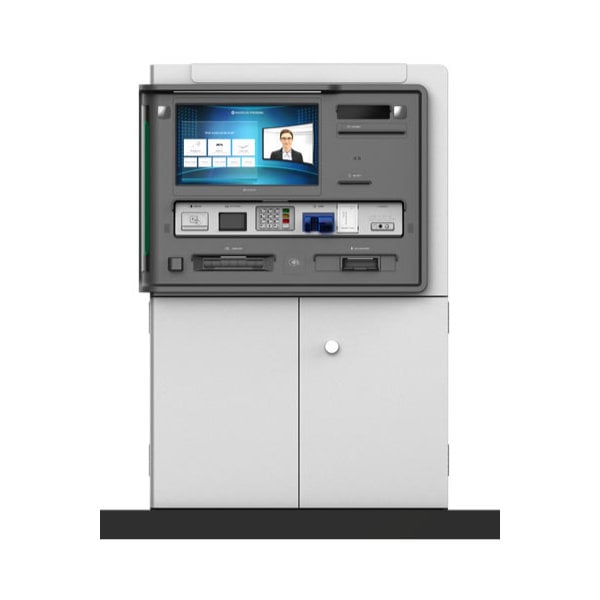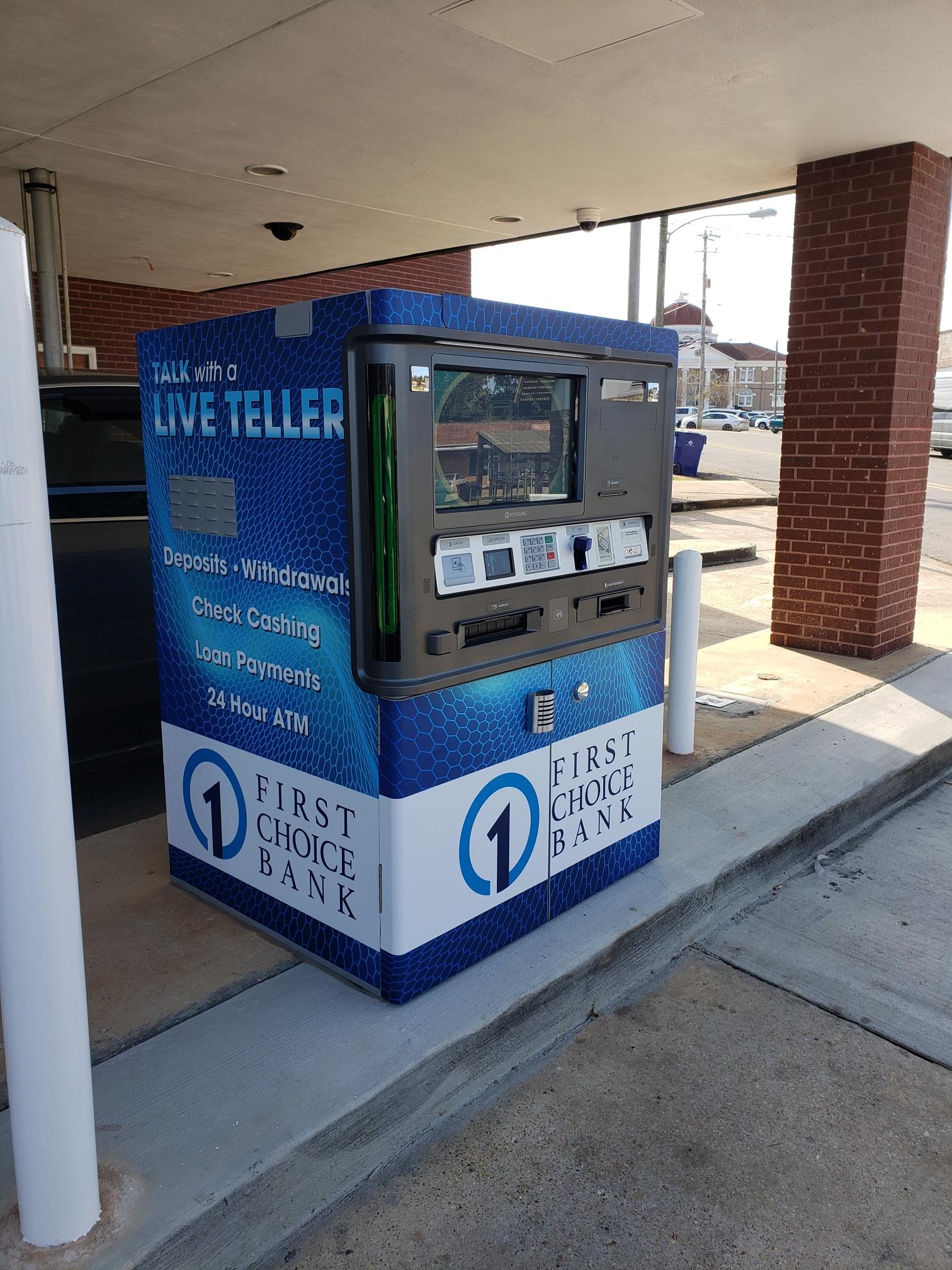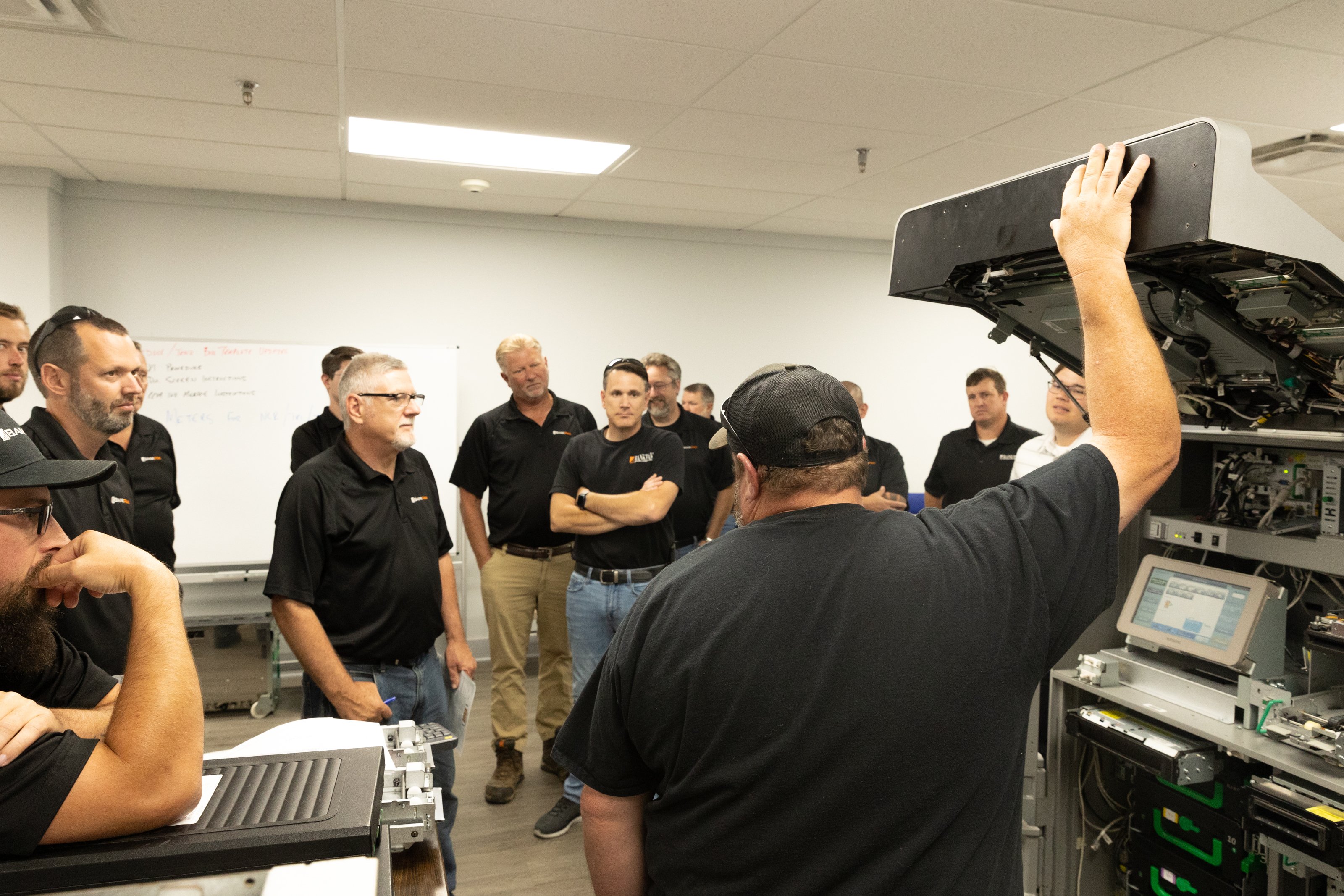The Where, What and How of Automated Teller Machines (ATM)

An automated teller machine, or ATM, is a specialized machine that allows you to complete bank transactions without the need to see a bank representative. The rise of commonplace ATMs have created convenience for customers who need to deposit or withdraw money, check their account balance, and transfer money between accounts.
While ATMs can easily be found outside your local or commercial bank, business owners have also begun implementing ATMs in their storefront locations to provide easy cash withdrawal access for their customers.
Here, we’ll take a closer look at locations where ATMs have been implemented, what their services are, and how they should be installed.
Where are ATMs located?
Automated Teller Machines can be split into two categories: retail ATMs and stand-alone ATMs.
Retail ATMs live in retail locations such as a grocery store, gas station, night club, hotel lobbies, etc. These machines are much simpler than the more robust stand-alone ATM.
Retail ATMs are typically owned and operated by a business that isn’t directly affiliated with a bank, and these companies make their money off the fee charged to the user for their services. These types of ATMs typically only dispense cash after the user inputs their debit card and pin number.
Stand-alone ATMs, also known as Financial Institution (FI) machines, are usually much more robust and are affiliated with a specific banking institution. These are usually drive-up or walk-up ATMs and are mostly found in parking lots, or outside their specific financial institution. These ATMs offer much more features than retail machines, which we will dive into next.
What services do they provide?
As stated above, retail ATMs are not able to provide as many services as a stand-alone or FI machine.
Typically, retail ATMs are strictly for dispensing cash to a customer. Imagine you’ve stopped at a grocery store and their credit card machines are down, but you really need to grab some milk for your kids. Retail ATMs are located in these convenient locations for just that reason. You can easily insert your debit card, type in your pin number, and have cash dispensed in seconds, with a small fee, of course.
Stand-alone ATMs are much more robust as they are owned and operated by financial institutions. These machines allow users to deposit cash and checks, withdraw cash, check their account balance, and transfer money to and from their accounts. These machines operate 24/7 so that users can deposit cash and checks after hours when branches are not open, which allows users to have access to their money without always going inside a branch.



How ATMs are changing
In order to keep up with the times, many community banks are looking for ways to expand the traditional ATM experience for their customers by increasing the level of service to consumers at their fingertips. Many did this by adopting the Interactive Teller Machine, or ITM, allowing for local banks to meet users' needs and allowing for a fast, convenient, user-friendly banking experience.
The Interactive Teller Machine (IATM) is a branch in a box and can handle 90% of traditional teller transactions right from the customer’s fingertips. IATMs increase efficiency while reducing operating costs by 85% per transaction. Users can deposit cash and checks, make loan payments, speak to a live teller and user standard ATM features with ease.

How should they be installed?
Believe it or not, there are a lot of factors to consider before installing or replacing ATMs, including orientation, location to the sun, transaction anticipation, and more.
If you’re looking to replace a current ATM, some important questions to ask yourself are: what parameters of use am I looking to meet? Do I want my users to be able to accept cash and checks, not just dispense cash? With more options for use comes a higher price tag, therefore, budget needs to be a consideration as well.
For new installations, there are quite a few more considerations. As far as location, the best orientation to place an ATM is where it’s facing either north or south, unless there is plenty of protection from the rising or setting sun. In that same regard, the #1 problem that ATMs face is weather damage, so ATMs have to be protected by an awning, cover or roof to protect the card reader. It’s also crucial that, for stand-alone ATMs, there is easy access to and from the ATM for all customers, including our handicap customers as well. ADA compliance must be followed for all types of ATMs.
You may also want to consider the look or design of your ATM that may determine what type or brand of ATM you want to purchase. Some brands allow for more personalization and design for the outside of their ATMs, as well as advertising on the screens.

Conclusion
Let Bankpak assist your institution in implementing automated teller machines at your storefront or financial institution.
We have nearly 40 years of experience in providing the latest banking and security equipment for banks and credit unions, both large and small. Often, financial institutions are on the forefront of new technology implementation, and we can help provide the systems integration that will make your project come in on time and on budget.
By equipping each new branch and building with the latest technologies, our goal is to give your staff more time for top-tier, professional customer service.
If you need help navigating this process, or have any questions about ATMs, contact us at Bankpak.com.
give your staff more time for top-tier, professional customer service.
If you need help navigating this process, or have any questions about the Interactive Teller Machine program, download our ITM Guide below.

